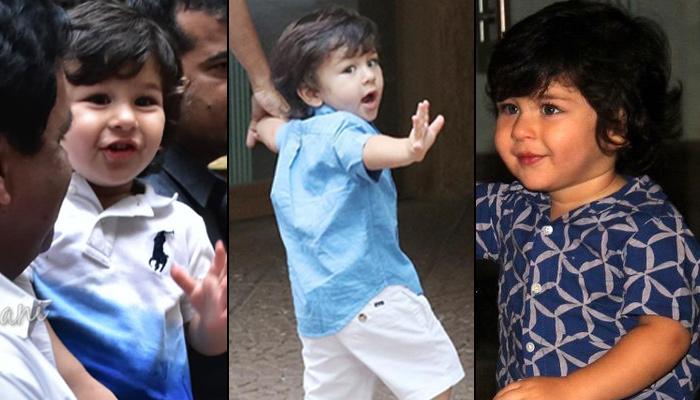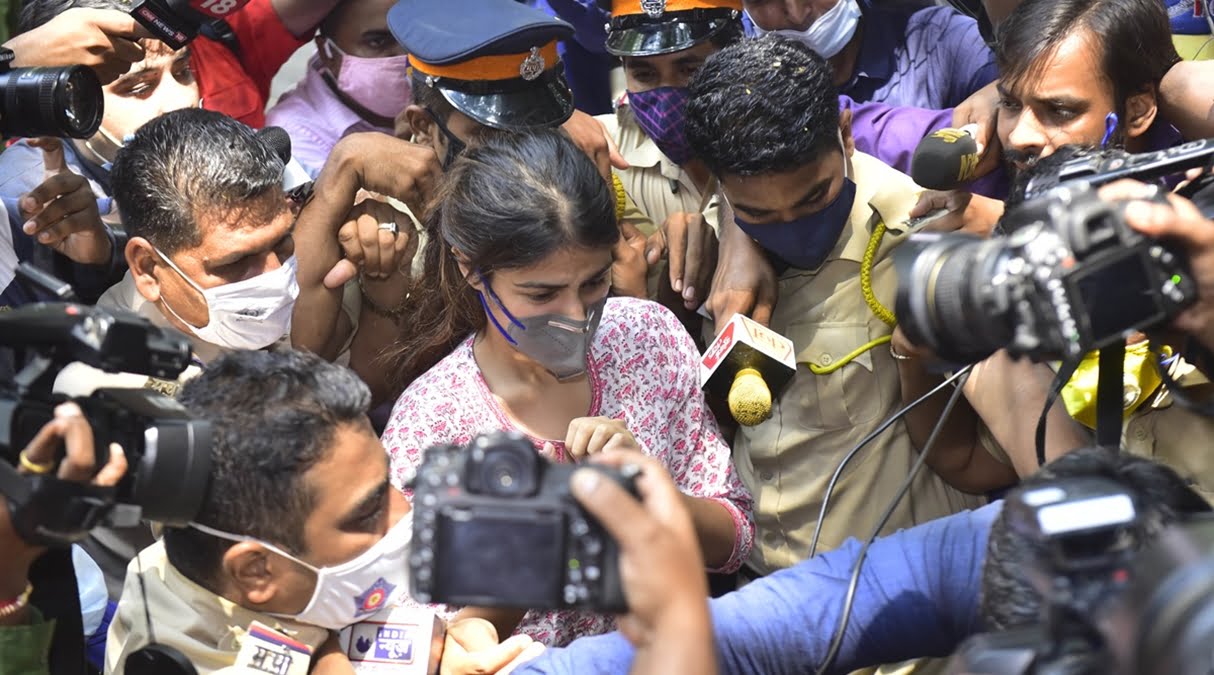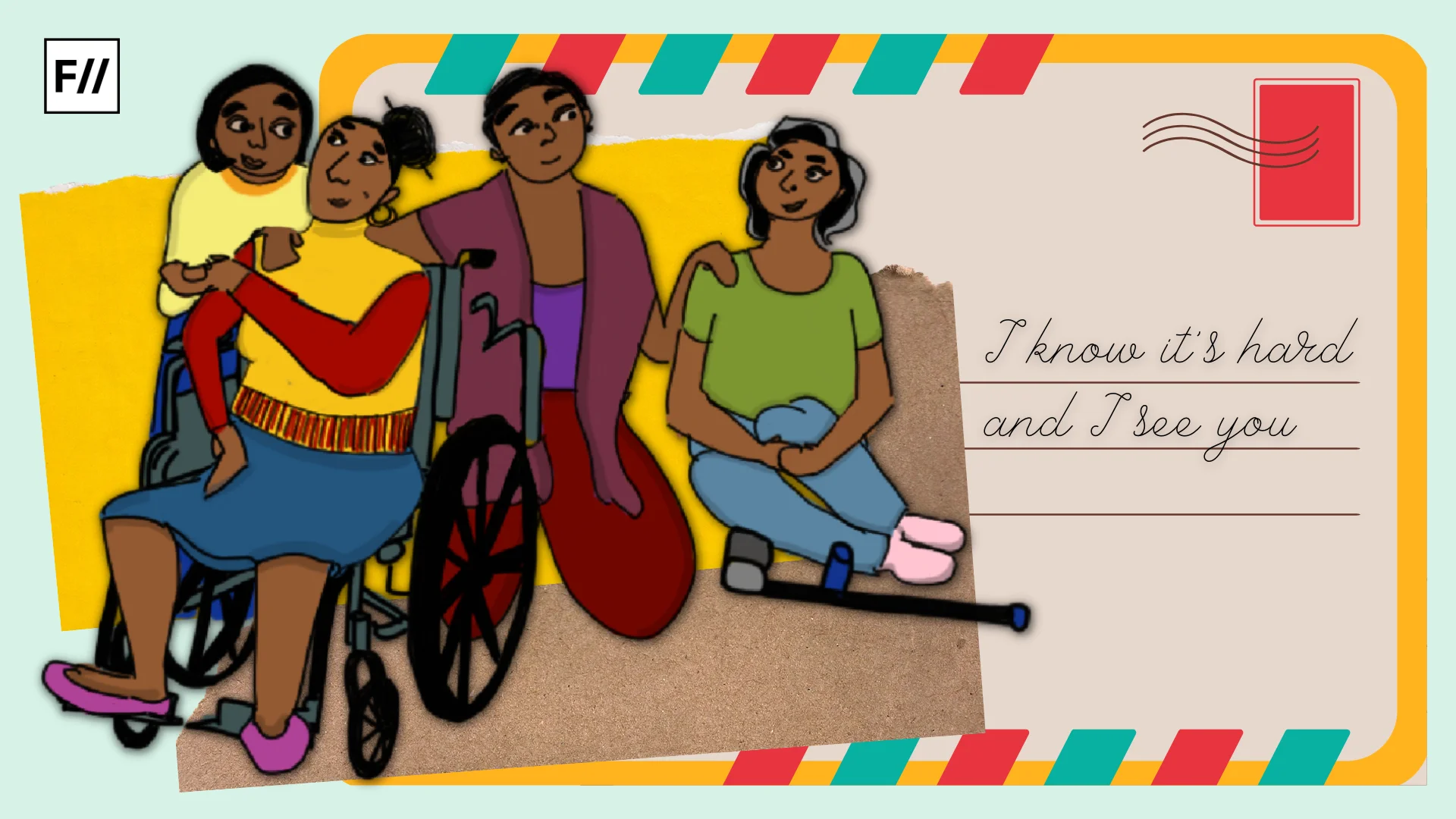TW: Suicide
Since June, the media frenzy surrounding the death of Bollywood actor Sushant Singh Rajput has consumed the Indian imagination. Each development in what has come to be known as the ‘Sushant Singh Rajput case’ is broadcast live on television as ‘breaking news’ to an invested audience. Which is why it is important to dissect the celebrity culture and invasion of privacy especially in a country that is largely obsessed with Bollywood.
Every single facet of Rajput’s life up until his untimely death has been laid bare, analysed, exhumed to a degree unimaginable. From the moment Rajput’s suicide was publicised, the media has sought to get to the bottom of his mysterious death, prompting endless discussions on mental health, drug use, and nepotism in the Hindi film industry.
In an effort to bring the ‘latest developments’ to their audience, Times Now has even showcased ((TW: mention of images of suicide) ‘never-seen-before photos of Sushant Singh Rajput’s body’ on primetime television and the Internet.
Suspicion and blame has been readily assigned to every person even remotely associated with Rajput, with federal agencies investigating various angles surrounding the actor’s death.
However, no-one has come under the scanner more than the late actor’s girlfriend and fellow actor, Rhea Chakraborty, who has been subject to an extensive and unfair ‘media trial’. Chakraborty, who has been accused by Rajput’s father of having driven the actor to death by suicide, has recently been arrested by the Narcotics Control Bureau (NCB).
In what is a blatant example of celebrity culture, Chakraborty’s life was turned into a media circus, in which her every action was tracked by the Indian media—every minute detail of what she does, when she does it, and who she interacts with, was readily broadcast day and night on media channels.

Also read: Is Bollywood Really Ready To #SmashPatriarchy ?
In what is a example of celebrity culture, Rhea Chakraborty’s life was turned into a media circus, in which her every action was tracked by the Indian media—every minute detail of what she does, when she does it, and who she interacts with, was readily broadcast day and night on media channels.
Photographers and so-called journalists hounded Chakraborty whenever she left her house—a recent image of Chakraborty being swarmed by mediapersons outside the NCB office in Mumbai went viral, with most depicting it as an apt imagery of the witch-hunt she faced. The image shows Chakraborty completely surrounded by reporters and cameras vying for her attention in order to obtain a sound byte, a reaction, a single look.
Those crowding around Chakraborty do not care about how she feels about this situation. By being the most eyeball-grabbing subject in the country today (even in the midst of an increasingly-worsening pandemic), she is the easiest way they could appease their bosses and earn their next meal ticket, in an industry that saw massive lay-offs.
The result is a grotesque situation in which a public figure is followed around by cameras that document and sensationalise her every move, abetted by a public that is hungry for what they perceive to be ‘justice’ for Rajput’s death while it is just a rampant celebrity culture hitting a new low.
The whirlwind of extensive media coverage and public exposure has left no room for Rajput’s loved ones, including Rhea Chakraborty, to grieve him, as anyone else would have been able to in similar circumstances. In a manifestation of this celebrity culture, the Indian media has been able to exploit Rajput’s tragic death and the privacy of his family and friends to garner more views and TRPs, with complete disregard for their dignity and mental health.
Also read: Sushant Singh Rajput And The ‘Justice’ That The Media-Court Promises
Chakraborty’s treatment by the media and public is especially damning due to how she has been vilified—she has been called the reason for Rajput’s mental illness and suicide, controlling, demanding, a drug addict, even psychopathic.
Chakraborty has been subject to interrogation after interrogation seeking to prove her guilt; along with this, her phone calls have been tapped, WhatsApp conversations made public, confidential records leaked. The inherent misogyny of this celebrity culture has been brought to the forefront, as conversations about Chakraborty’s sexuality and intimate life became primetime news.
Celebrities such as Sushant Singh Rajput and Rhea Chakraborty are arguably the most publicly visible figures in India. The celebrity culture simultaneously idolise and demonise with such frequency and familiarity that every single household in the country has strong opinions on people they have never even met, let alone interacted with enough, to gauge their personality. We know, in disturbingly intimate detail, what Janhvi Kapoor looks like without makeup as she goes out to get a coffee. We know how young Aaradhya Bachchan feels about online school in the COVID-19 era. We know what Taimur Ali Khan, Saif Ali Khan’s 3-year-old son, eats in a day, down to the last pea.

This frequent invasion of privacy in the celebrity culture seems commonplace in a world in which we are privy to everything that celebrities eat, drink, own, and wear. In addition, many consider this lack of privacy to simply be an occupational hazard of being a figure in the public eye—if one doesn’t want to be documented to such an extent, one shouldn’t want to become a famous personality, right?
Conversely, the celebrity culture creates a simultaneous mystery surrounding celebrities, which makes them enigmatic figures whose secrets must be publicised in order to lift the veil of non-ordinariness that is created around them.
The complete invasion of privacy, as perpetuated by the celebrity culture, in such scenarios is absolutely detrimental to an individual’s mental health. The adverse effects of constant hounding by the paparazzi have been documented extensively in the West, quite notably surrounding Britain’s late Princess Diana in the 1990s.
Diana’s divorce from Prince Charles in 1996 and her subsequent death in 1997 were also subject to intense media scrutiny, leaving a lasting impact on her and her immediate family, as well as the British public and media. Celebrities are driven to paranoia, anger, and fear, sometimes due to the celebrity culture, thus resulting in public altercations with paparazzi or complete breakdowns in the face of such extensive public exposure.
Celebrities are driven to paranoia, anger, and fear, sometimes due to the celebrity culture, thus resulting in public altercations with paparazzi or complete breakdowns in the face of such extensive public exposure.
It’s clear that media surveillance, be it through relentless paparazzi hounding or extensive celebrity coverage, starkly highlights its patriarchal nature if the celebrity in question is a woman. She is mocked, derided, and treated with a complete lack of sympathy. In Rhea Chakraborty’s case, the media’s inability to respect her privacy is akin to a witch-hunt, given her proximity to Rajput’s death. Such celebrity-culture driven surveillance is often portrayed as glamourous and desirable in film and television—while in reality it is anything but.
Also read: The SSR Case Shows How Media Denies Mental Health Issues In
If Sushant Singh Rajput’s death and Rhea Chakraborty’s ‘media trial’ should teach us anything, let it be that celebrities shouldn’t have to accept horrific invasions of privacy as part of their job simply because they are public figures. Celebrity culture today is a gross violation of the right to privacy, further exacerbated by social conceptions of how one must behave in public and private in our country.
Yes, the media is complicit in the frenzy surrounding celebrities—but so are we.
Rutvi Zamre is an English graduate with an interest in media and gender, based in Delhi. She currently works as a Teaching Fellow at Ashoka University. She can be found on Twitter, Instagram and LinkedIn.




